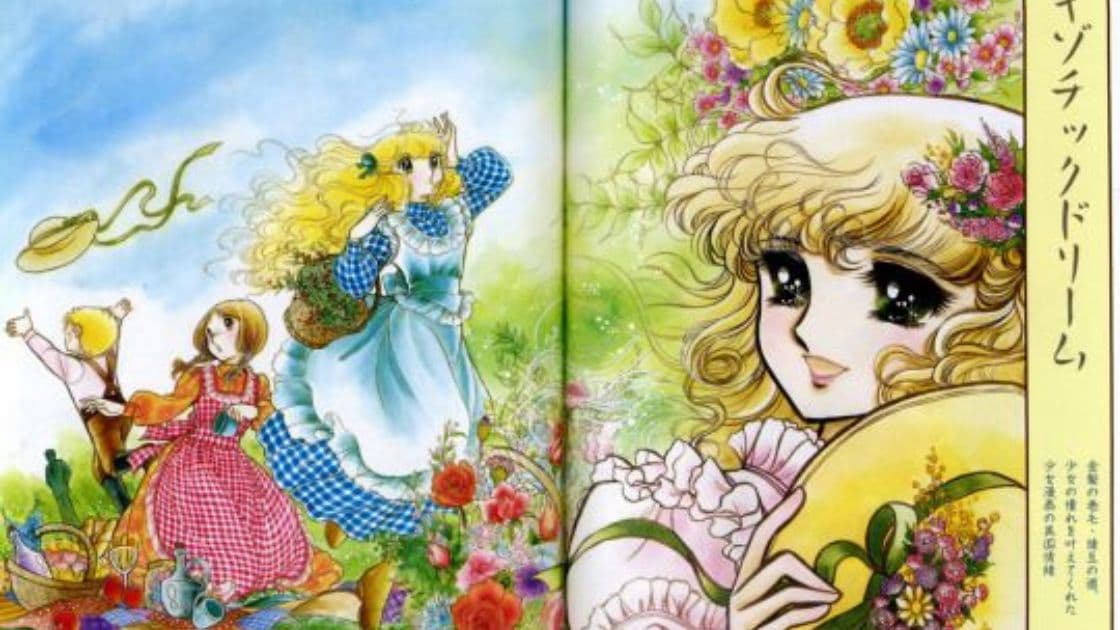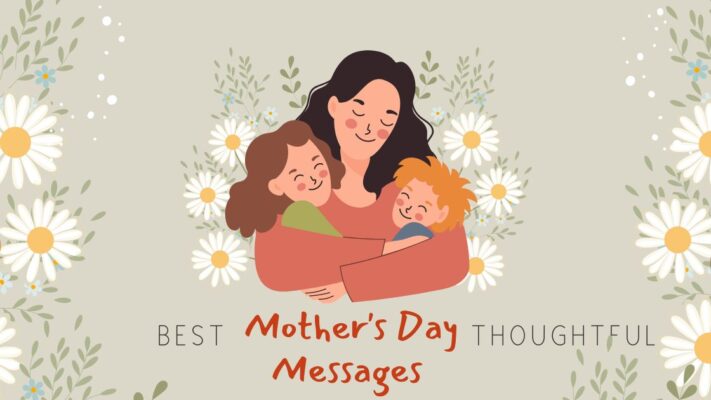When Discotek Media announced the licensing of the 1983 shojo series “Lady Georgie,” fans of classic shōjo rejoiced. This announcement marked a trend in the resurgence of English releases for timeless titles like “Rose of Versailles,” “Dear Brother,” and “Aim for the Ace!”—a dream come true for enthusiasts of vintage shōjo anime.
As anticipation builds for “Lady Georgie’s” release, it prompts a contemplation of other cherished classic shōjo titles awaiting an English debut. In the spirit of “Lady Georgie’s” rollercoaster of laughs, drama, and romance, here are three additional classic shōjo gems that deserve a spot on your shelf.
Contents
1. “Haikara-san ga Tooru” (1978):
If the title rings a bell, it might be due to its modern two-part movie adaptation in 2017 and 2018. However, the original series, set in Taisho-era Japan, offers a whirlwind narrative around Benio, a modern young lady challenging societal norms. Packed with historical charm, comedic moments, and a touch of romance, the series deserves a complete English release beyond its modern reboot.
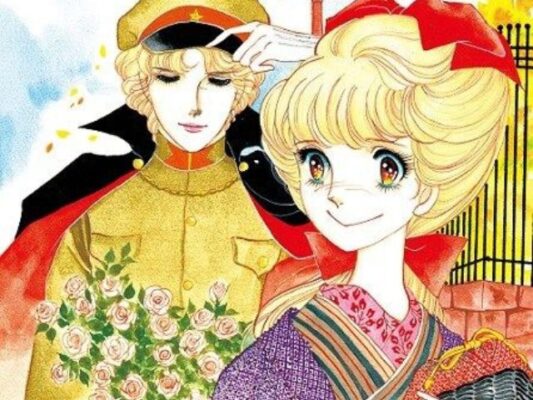
2. “Honey Honey’s Wonderful Adventures”:
Based on Hideko Mizuno’s manga, a pioneer in shōjo manga, this 1907 Vienna-set tale introduces Honey, an endearing orphan on an international escapade with her cat Lily. Blending slapstick comedy, romance, and adventure, this ’80s series, known as “Honey Honey,” holds nostalgic value for those who caught glimpses of it on cable. An official North American release would be a delightful treat.
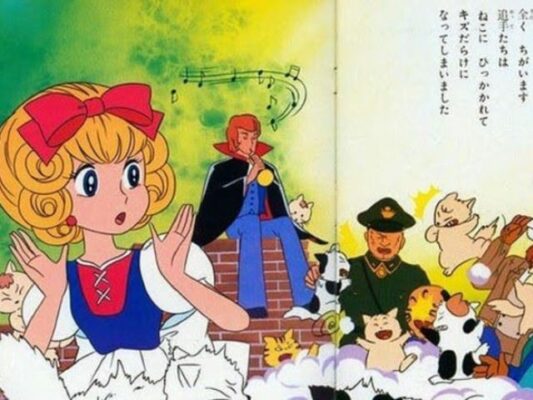
3. “Candy Candy” (1976):
Considered a white whale of classic shōjo, “Candy Candy” is an iconic ’70s series that played a pivotal role in Yumiko Igarashi’s career. Set in the enchanting American Midwest of the early 20th century, the spirited Candy faces a tumultuous life, filled with societal struggles and war-related challenges. Despite legal complexities hindering a modern release, fans remain hopeful for a future where this influential series graces their collections.
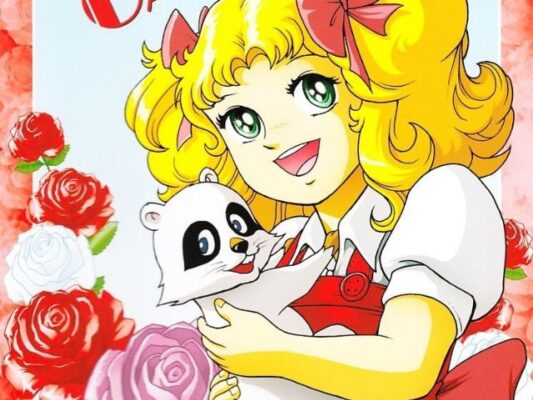
While older shōjo often lingers in the shadows of modern fandom, the recent trend of English releases for classic titles raises optimism. As we eagerly await more vintage shōjo gems to join our shelves, the imminent arrival of “Lady Georgie” sparks excitement, promising a journey into the timeless allure of classic shōjo storytelling.
Related posts

